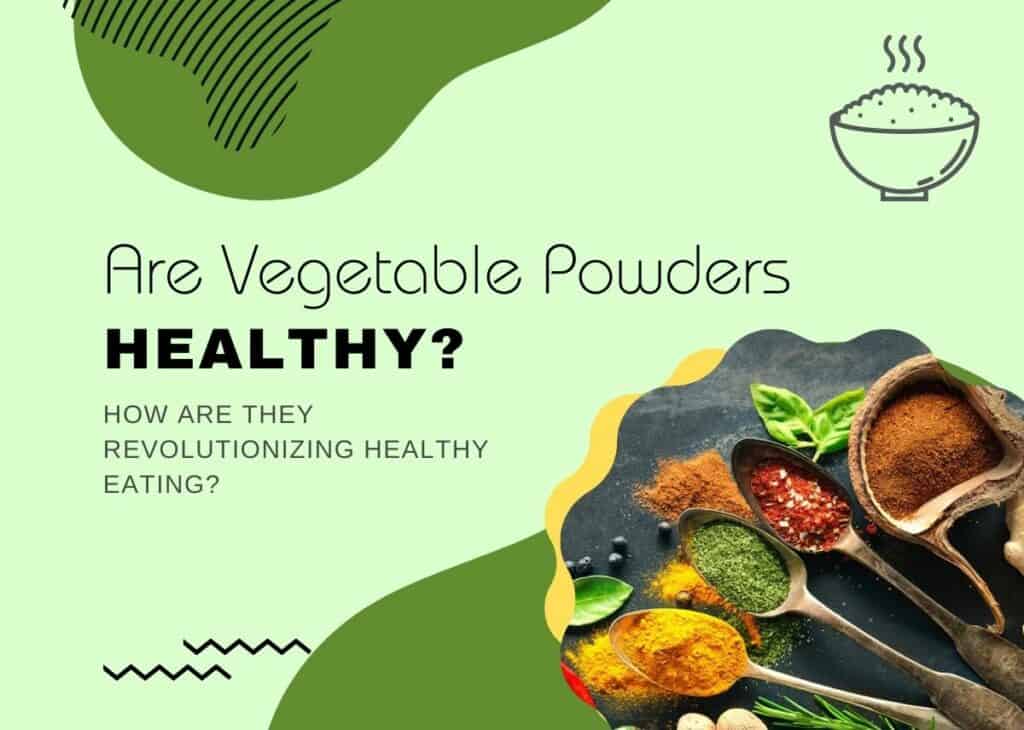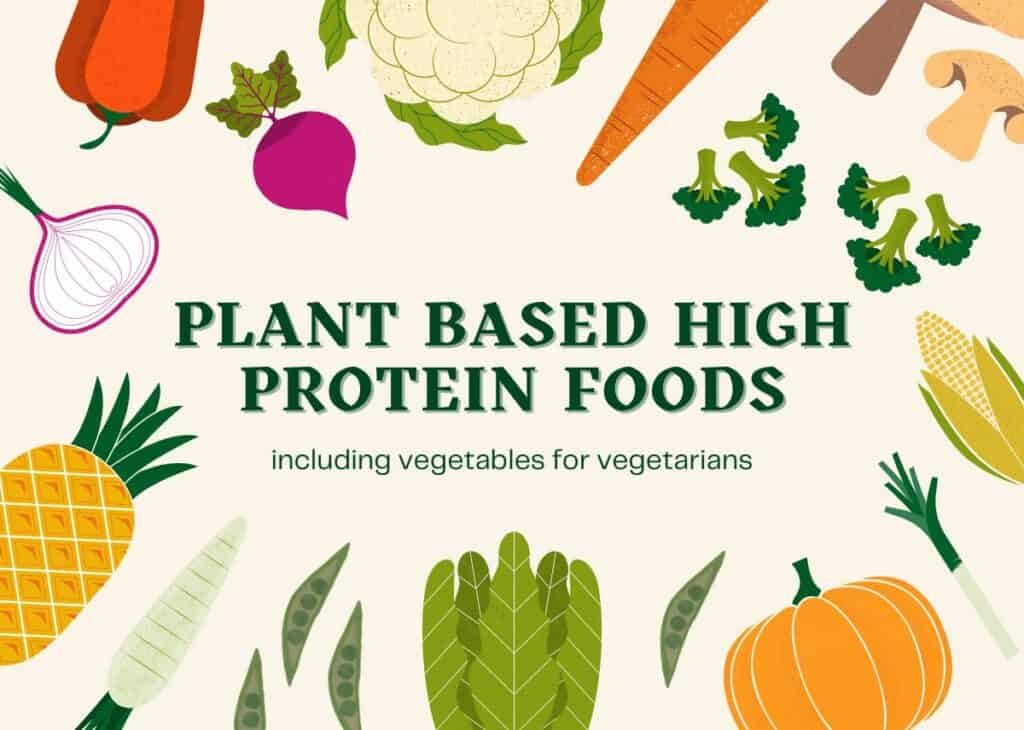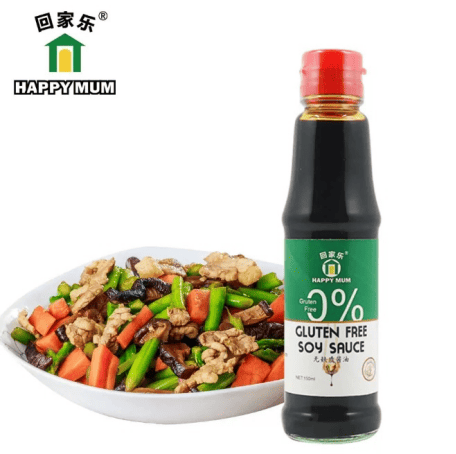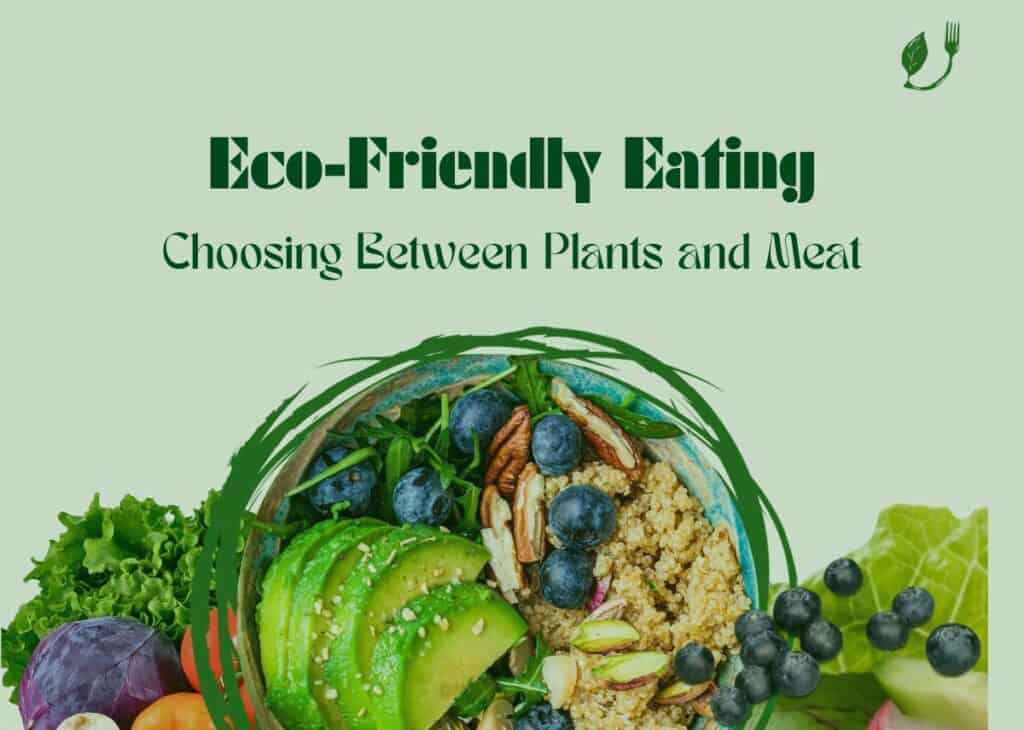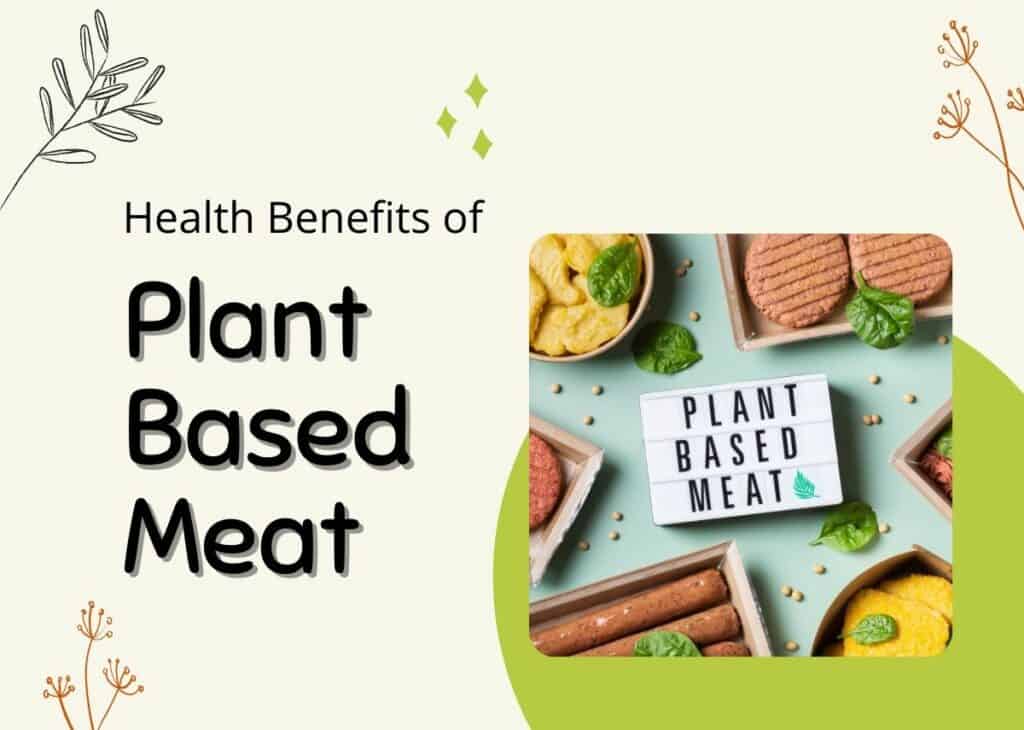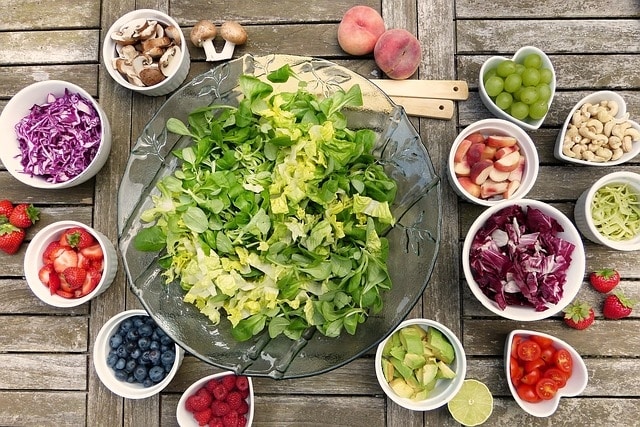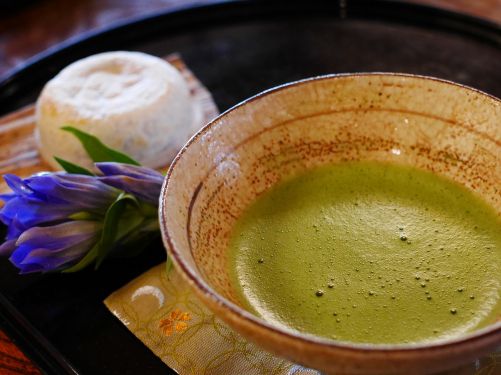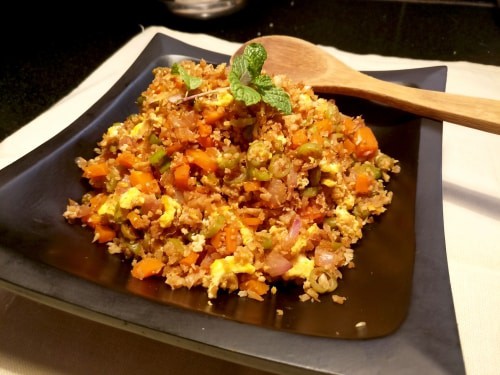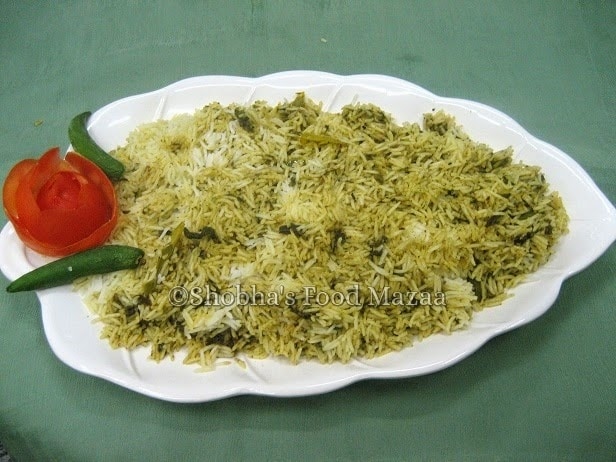5 Foodie Tips to Help You Get Your Daily Protein Intake

Proteins are critical for our health and well-being. Because this slow-burning mineral takes longer to digest, it helps maintain a sensation of fullness, which is beneficial for those attempting to lose weight.
Additionally, it is a champion for your muscles, aiding your body in developing and maintaining them. Another advantage of protein is that it is thermogenic, which aids in metabolism. This implies that it produces a modest calorie burn while it is digested.
Protein has a larger thermogenic impact than carbohydrate-rich diets. Consider it a workout for your digestive system.
1. Concentrate on the “essentials”
Essential and non-essential amino acids are found in proteins. A complete protein supply provides all nine essential amino acids required by the human body.
Not only does a complete protein have all the required amino acids, but they are also in the optimal ratio for biological activity.
The majority of sensible diets provide an adequate amount of protein for healthy individuals. Consuming a variety of healthy, protein-rich foods throughout the day will ensure that you get the recommended amount of protein and protein building blocks. Consume more protein-dense meals than expensive protein drinks or powders, since some are filled with sugar or other chemicals.
2. Avoid obsessing over food combinations
Previously, we said that each meal must have a balance of complete and incomplete protein sources, but this is no longer essential. According to research cited by the Centers for Disease Control, what’s critical is that your body gets appropriate nourishment throughout the day.
Protein should always be obtained from natural meals rather than smoothies or bars. Numerous protein powders are loaded with gums, flavorings, sweeteners, and minerals. While they may provide a substantial portion of protein, they will do nothing to benefit your long-term health.
Rather than that, go for a protein powder manufactured with actual food components and avoid synthetic, phony shakes wherever possible. It all comes down to keeping an eye on the components. It is probably best ignored if the list seems to be more akin to a chemical class than actual cuisine. Learn more about protein powders in our comprehensive guide.
3. Animal proteins are the most “bioavailable” kind of protein
This implies that the proteins found in animal products are the easiest for your body to absorb and use. For example, 20 grams of protein from eggs packs a greater protein punch than the same amount of protein derived from plant sources. This is not to say that you can not get protein from non-animal sources. This implies that if you consume protein from animal sources, your body will be able to use it more readily.
Cook chicken properly. Have you ever forced down a dry, flavorless chicken to get adequate protein? I either pound or chop chicken breasts in half to make them thinner. I wipe them dry with a paper towel and season them with garlic, salt, pepper, oregano, and other spices that strike my fancy.
I fried the chicken breasts for around 2 minutes on each side over medium-high heat. Allowing the chicken to rest for at least 10 minutes after taking it from the heat allows the juices to reabsorb rather than flow out.
4. Think about having a vegetarian meal
Plant-based protein and fat diets have been shown to have health advantages. Therefore, include some vegetarian proteins in your meals. Going meatless may be economical and beneficial to your health since beans, nuts, seeds, and other less processed vegetarian protein sources are often less costly than meat.
Consuming plant protein in place of meat benefits the environment as well. Because raising and processing animals for meat consumes a great deal of energy, being vegetarian may help decrease pollution and may help mitigate climate change.
5. Consider using protein powder
If you’re not a fan of other protein-rich meals, iso protein powder is an excellent alternative, particularly if you’re moving. However, avoid using protein powder in place of a meal to prevent gaining weight. Utilize it alone as a post-workout recovery beverage or a convenient meal substitute.
Soy is consumed sparingly. Tofu and other soy products are a good substitute for red meat. Tofu and soy foods are stapled protein sources in several cultures, and we do not propose changing that. However, if you did not grow up consuming a lot of soy, there is no need to start now.
Closing Thought
With these strategies, you can improve your protein consumption without resorting to cheap protein powders or pricey protein bars. The trick is to discover what works for you-eating adequate protein is simple when it tastes nice!
Also on Plattershare:
- Vegan Matcha Almond Protein Bites
- 11 Plant Based High Protein Foods Including Vegetables For Vegetarians
